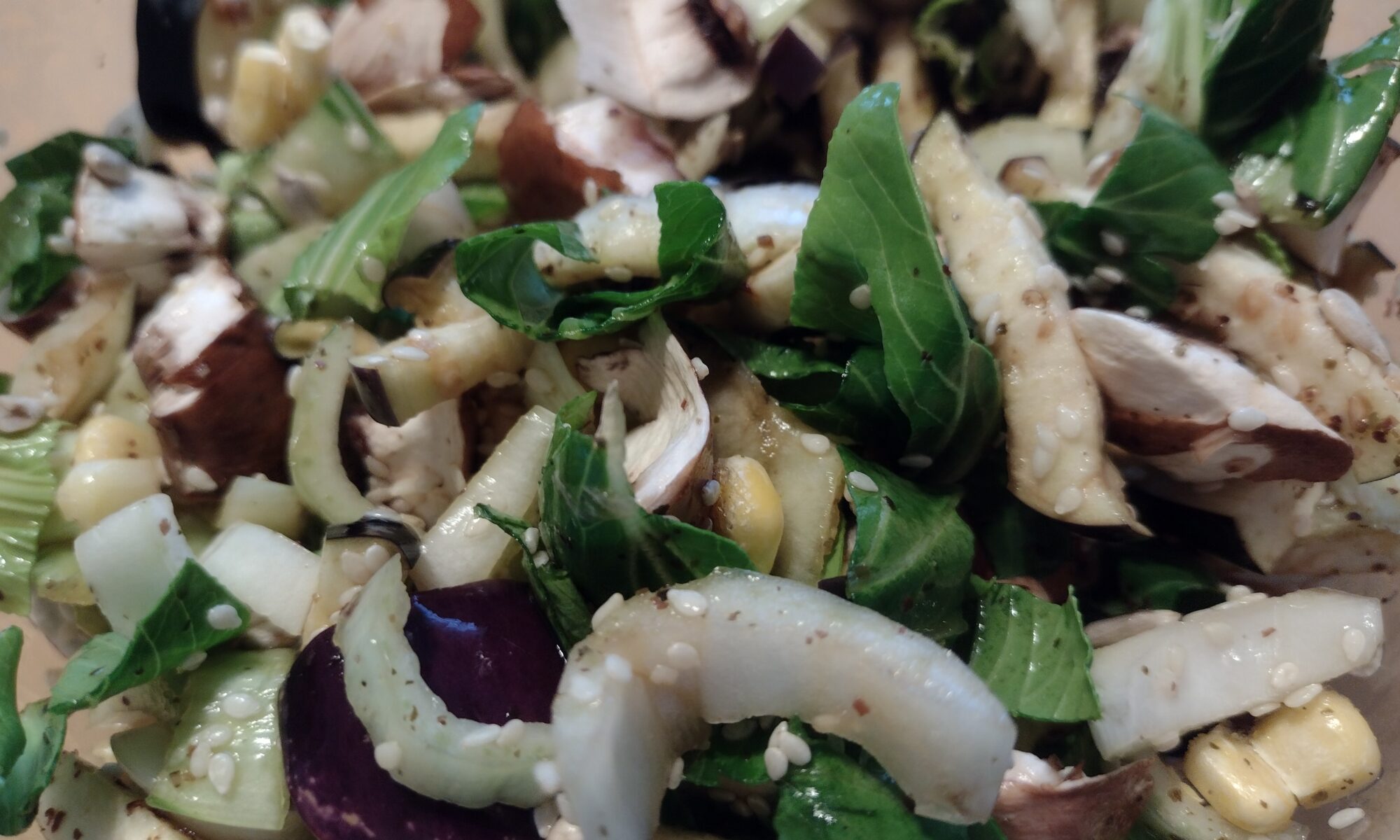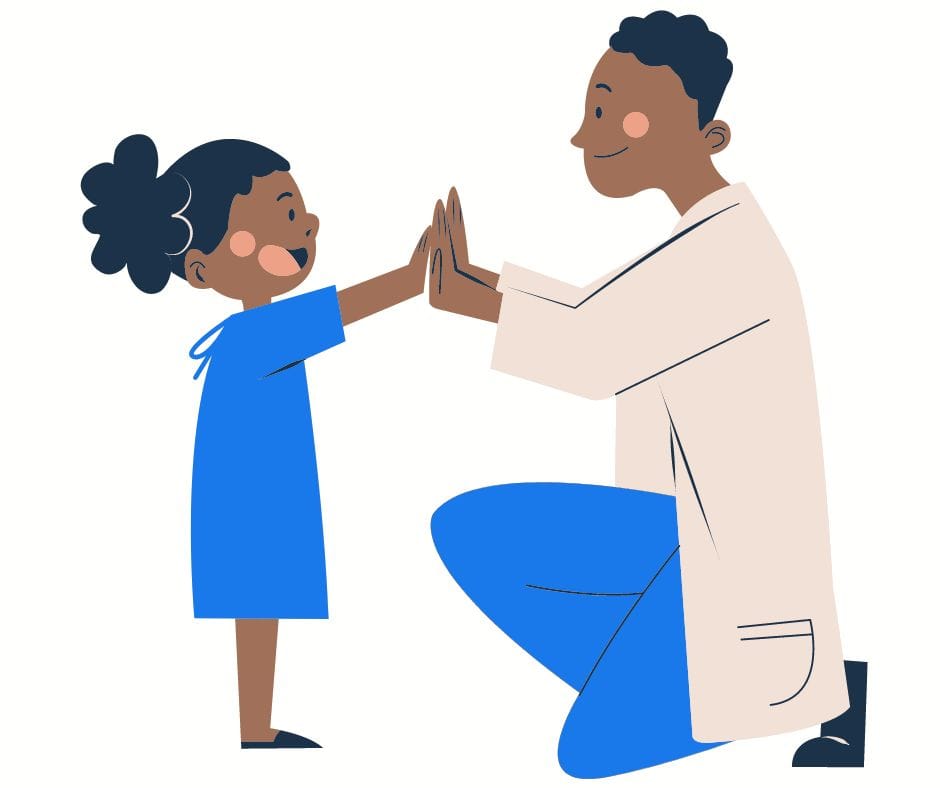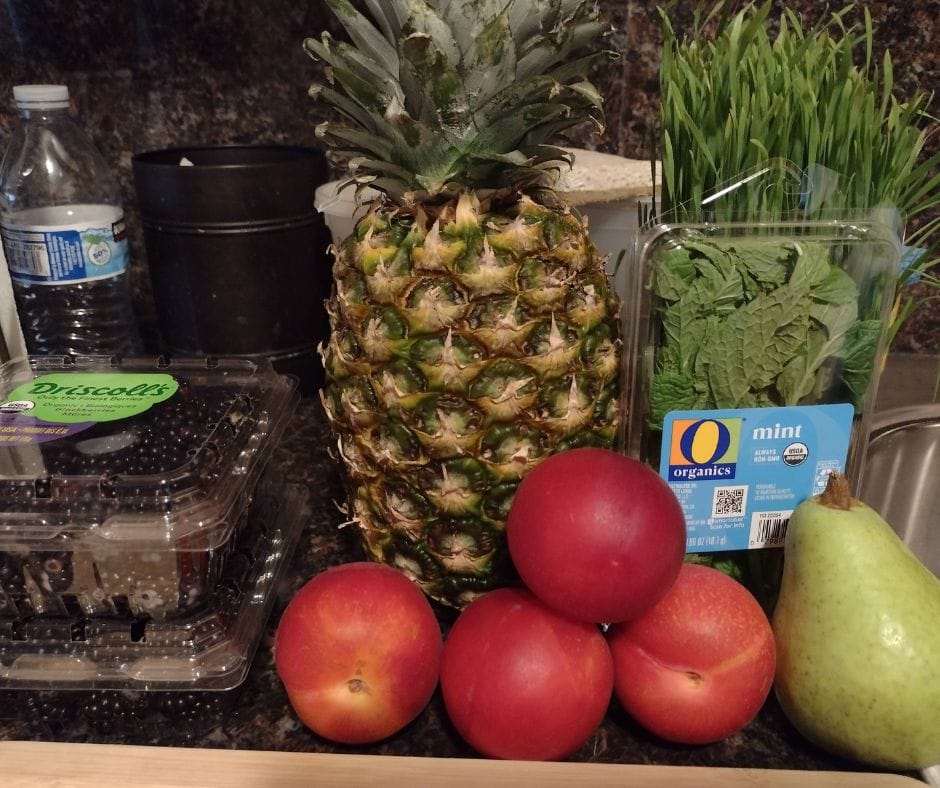One of the questions I love to ask my students is what their history is coming into the profession. What made them decide to pursue optometry and go through more years of schooling?
The stories have varied, of course. For some, it was a direct relative or close family friend who was in the field that influenced them to consider it. For others, it was having their own eyes examined, getting glasses, and seeing the world clearly for the first time that left such a lasting impression that it inspired them. For many, myself included, we knew we wanted to be a doctor and somehow, by a little trial and error, shadowing and volunteering and working, we found optometry as the best fit for us.
So that’s good for the initial dive in. Is it enough for the long haul? Is your why a good enough reason for you to see yourself doing this every day for the rest of your working life?
Let me be honest with you – for me, being an optometrist just for the sake of that, for seeing patients, working on the rez with some amazing people – it wasn’t enough for me. After a year of residency and two years in the four corners area, I got burnt out. And I didn’t even realize it until I saw one of my elderly grandmother patients who I love – she was thanking me and giving me a hug goodbye (different world back then pre-COVID) and I felt… empty.
The interaction was still warm and friendly. I was still smiling as I walked her out of the office room, but in that moment, I realized my joy for my work was gone.
And I did what any other person would do in that moment. I shook it off and kept working and going at it, thinking this was a fluke. I had a job after all doing pretty easy work in a stunning location.
But then a couple months later, it happened again. Another grandmother patient. Another hug. Another feeling of emptiness, and this one harder to shake off.
Suddenly, the idea of a future working the rest of my days on the rez didn’t seem right anymore. Suddenly, I was realizing that my day to day work and routine was not as fulfilling anymore.
I knew something had to change but I didn’t know what that would mean. I still had bills to pay and a good student loan to work on.
Coincidentally, at the time I was hitting my burnout, things at home were changing and I had to move back to California to be with family. Giving my resignation letter and moving back with no job lined up has to be one of the most stressful things ever, but there it was.
To keep things brief (because I know I could definitely go on longer about this – maybe for another blog post), it took a few years for me to fully fall back in love with optometry. I had to give myself grace as I ‘tried out’ different practices when I filled in, figuring out what I liked and what I didn’t like, what fit and what didn’t fit. And in the end, what fit the best and what gave me the greatest joy was going back to school and being a clinical instructor, helping the next generation of optometrists figure out how they were going to be doctors for their patients.
My ‘why’ is what motivates me in the day to day now, what helps me wake up every day and keeps me going on the days we get slammed with patients and interesting cases. It’s my reason for sharing so many of my stories, writing these blog posts and books – I want to make sure that the doctors who come after me are more than just ready for a 9 to 5 job, but that they thrive in all aspects of their lives too.
Coaches out there will always ask you, what’s your why, what’s your reason for X, Y, or Z, and now I can understand why it’s important. I didn’t get to my why until I was in my 30s, which was fine for me because I also got to figure out what was important to me and what wasn’t along the way.
Give yourself a reason to look forward to each and every day – not just the special occasions that come and go. But also give yourself time to figure out what that reason is, modifying as needed until you find the thing that really makes sense for you. Cheers!







